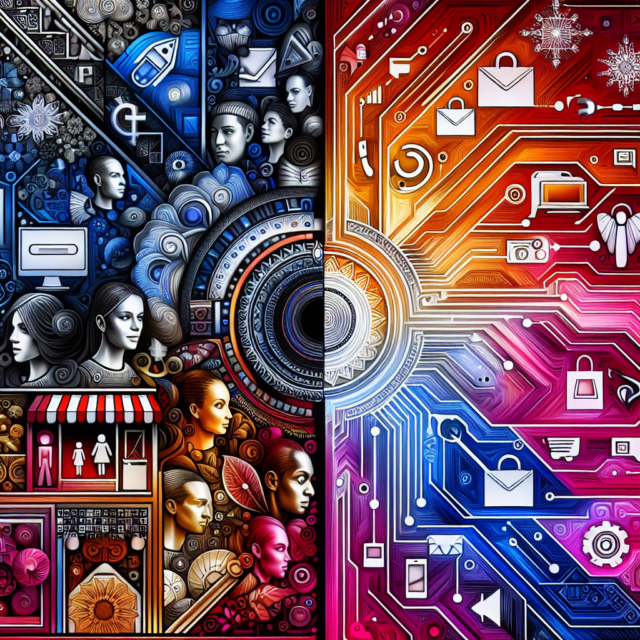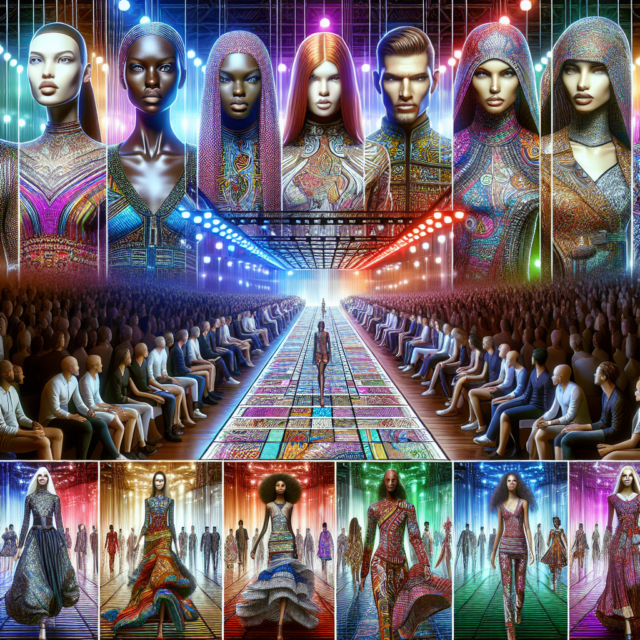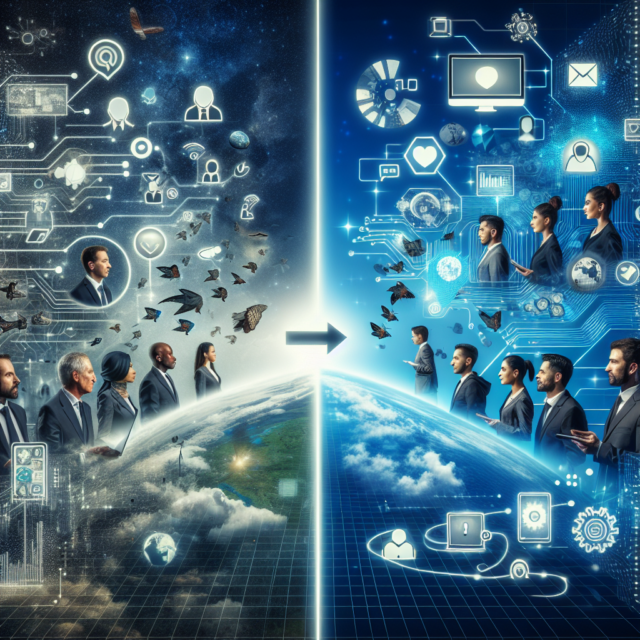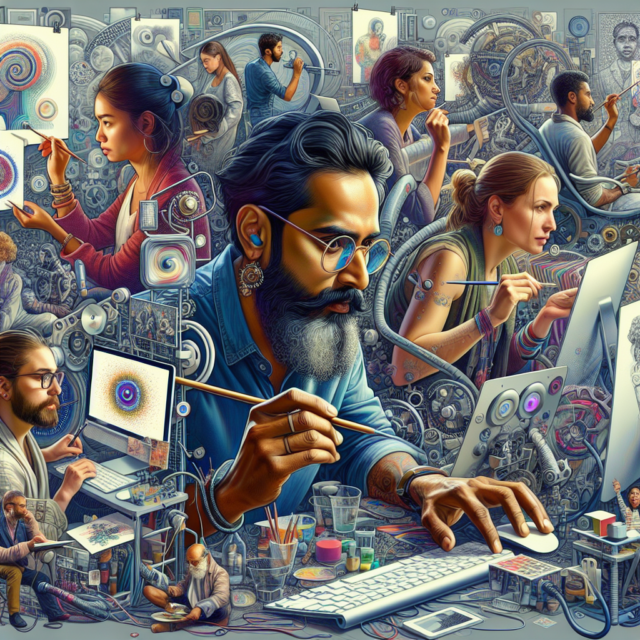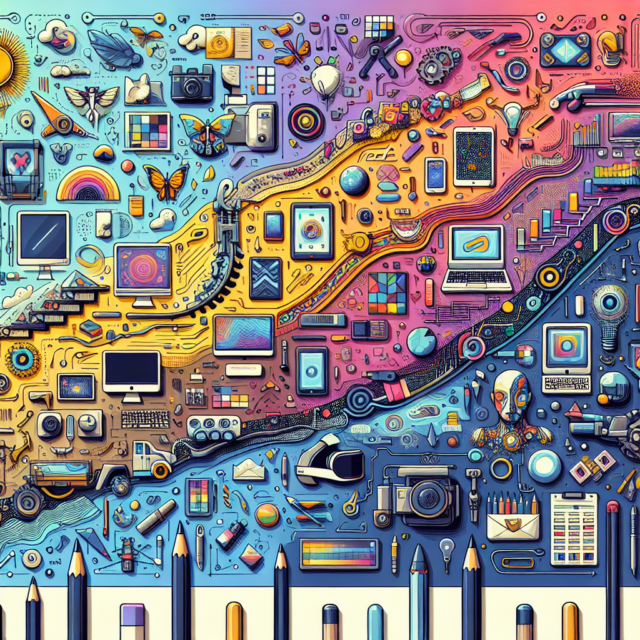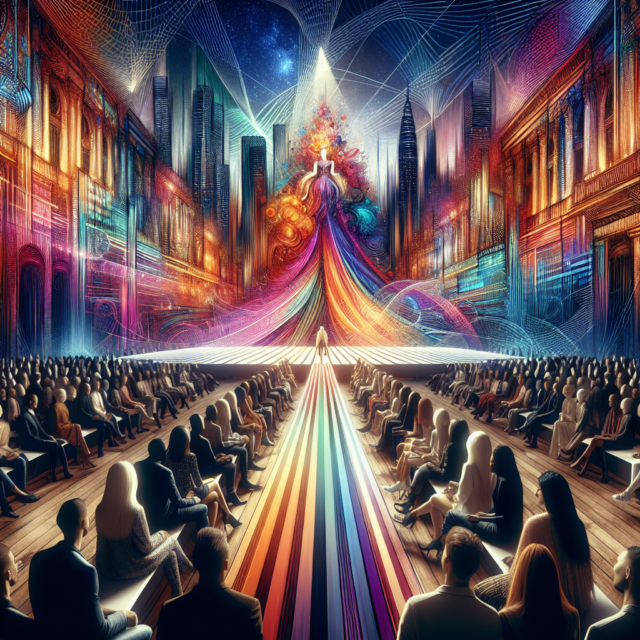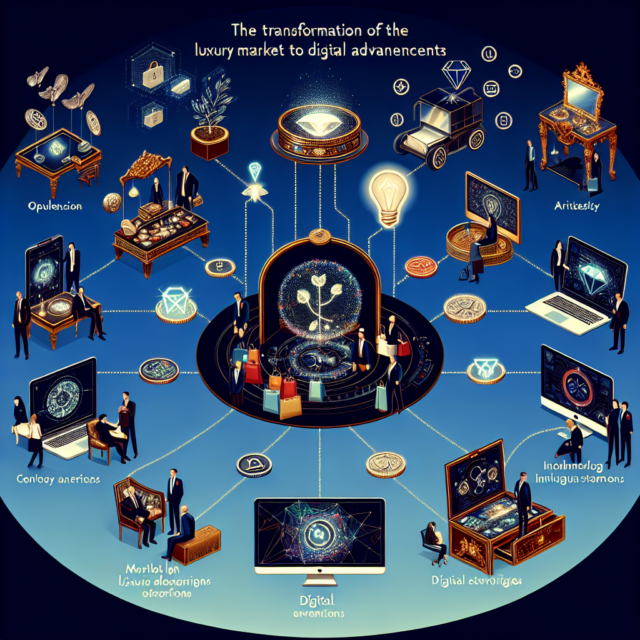Exploring the Evolution of Personal Shopping Online
In recent years, the landscape of retail has undergone a seismic shift, dramatically transforming how consumers engage with shopping. The evolution of personal shopping online has been at the forefront of this transformation, driven by an array of technological advancements and changing consumer behaviors. This article delves into the journey of online shopping, tracing its roots, examining the technological innovations that have shaped it, and exploring the future trends poised to redefine personalized online retail.
The Rise of E-Commerce and Online Shopping
The dawn of e-commerce can be traced back to the early 1990s when the internet started becoming accessible to the general public. Companies like Amazon and eBay were among the pioneers, introducing the concept of buying and selling goods online. The convenience of shopping from home, coupled with the growing trust in online transactions, laid the foundation for the e-commerce boom. This period marked the beginning of a new era where geographical boundaries no longer restricted consumer choices.
As online shopping gained momentum, traditional retailers began recognizing the potential of e-commerce platforms. They started investing in creating digital storefronts to complement their brick-and-mortar operations. This hybrid model allowed them to reach a wider audience and provided consumers with the flexibility to shop according to their preferences. The rise of smartphones and mobile internet further accelerated this trend, enabling consumers to shop anytime and anywhere.
The early 2000s witnessed significant advancements in website design and functionality, making online shopping more user-friendly. Enhanced security measures, such as the introduction of SSL encryption, helped build consumer confidence in online transactions. This period also saw the emergence of digital payment systems like PayPal, which simplified and secured the payment process, further encouraging online shopping.
Social media platforms began to play a crucial role in the e-commerce ecosystem during this time. They became powerful tools for marketing and customer engagement, allowing brands to reach potential customers in innovative ways. Influencer marketing emerged as a strategy to leverage social proof and authenticity, driving sales through personalized recommendations and reviews.
The evolution of logistics and supply chain management significantly contributed to the rise of e-commerce. Companies like Amazon innovated with services like Amazon Prime, offering fast and reliable delivery options that set new standards for customer expectations. This focus on efficient logistics ensured that consumers received their purchases promptly, further boosting the popularity of online shopping.
The global reach of e-commerce transcended borders, enabling businesses to cater to international markets. This globalization opened new opportunities for small and medium-sized enterprises (SMEs) to compete on a larger scale, democratizing the retail industry. As a result, consumers benefited from a diverse range of products and competitive pricing, making online shopping an integral part of modern retail.
Technological Advances Shaping Personal Shopping
The evolution of personal shopping online has been significantly influenced by technological advancements. One of the key breakthroughs has been the development of artificial intelligence (AI) and machine learning algorithms. These technologies have enabled retailers to offer personalized shopping experiences by analyzing consumer data and predicting preferences. AI-driven recommendation engines suggest products based on individual browsing and purchasing history, enhancing customer satisfaction and driving sales.
The integration of augmented reality (AR) and virtual reality (VR) technologies has transformed the way consumers interact with products online. Virtual try-ons and 3D product visualizations allow shoppers to experience items in a more immersive manner, bridging the gap between online and offline shopping experiences. This innovation has been particularly impactful in the fashion and furniture industries, where visualizing products in real-world settings is crucial.
Chatbots and virtual assistants have become ubiquitous in the online shopping landscape, providing real-time customer support and assistance. Powered by natural language processing (NLP), these AI-driven tools can handle a wide range of customer inquiries, from product recommendations to order tracking. By offering instant responses and personalized interactions, chatbots enhance the overall shopping experience and reduce the need for human intervention.
The rise of voice commerce, facilitated by smart speakers and voice-activated devices, has introduced a new dimension to personal shopping. Consumers can now make purchases using voice commands, streamlining the shopping process and making it more convenient. As voice recognition technology continues to improve, its integration into e-commerce platforms is expected to grow, further enhancing the personalization of online retail.
Blockchain technology has also started to make its mark on the e-commerce industry, promising increased transparency and security in transactions. By leveraging decentralized ledgers, blockchain can help verify the authenticity of products, reduce fraud, and streamline supply chain operations. This technology holds the potential to revolutionize online shopping by building trust and ensuring the integrity of transactions.
Finally, the advent of big data analytics has empowered retailers to gain deeper insights into consumer behavior. By analyzing vast amounts of data, businesses can identify trends and patterns, allowing them to tailor marketing strategies and product offerings to meet customer demands. This data-driven approach not only enhances personalization but also optimizes inventory management and pricing strategies, ultimately improving the overall efficiency of online retail operations.
Future Trends in Personalized Online Retail
As we look to the future, several key trends are poised to redefine personalized online retail. One of the most significant developments is the continued evolution of AI and machine learning technologies. These advancements will enable even more sophisticated personalization, allowing retailers to anticipate consumer needs and offer hyper-targeted recommendations. This level of personalization will create a seamless shopping experience, akin to having a personal shopper at the consumer’s fingertips.
The integration of Internet of Things (IoT) devices into the retail ecosystem is expected to play a crucial role in the future of personalized shopping. IoT-enabled devices can collect real-time data on consumer preferences and behaviors, providing retailers with valuable insights. This information can be used to create personalized shopping experiences and optimize inventory management, ensuring that consumers have access to the products they desire.
Sustainability and ethical considerations are becoming increasingly important to consumers, and this trend is expected to shape the future of online retail. Retailers are likely to focus on offering eco-friendly products and transparent supply chains, aligning with consumer values. Personalized recommendations will take into account not only individual preferences but also ethical considerations, allowing consumers to make informed choices that reflect their values.
The concept of omnichannel retailing will continue to evolve, blurring the lines between online and offline shopping experiences. Retailers will focus on creating cohesive and personalized experiences across all touchpoints, whether in-store, online, or through mobile devices. This approach will ensure that consumers have a consistent and seamless shopping journey, regardless of the platform they choose.
Advancements in payment technologies are set to further enhance the personalization of online retail. Contactless payments, digital wallets, and cryptocurrency options will provide consumers with greater flexibility and convenience in their transactions. These innovations will not only streamline the checkout process but also allow for more personalized payment experiences, such as tailored discounts and loyalty rewards.
Finally, the rise of social commerce is expected to shape the future of personalized online retail. Social media platforms will continue to evolve as shopping destinations, offering personalized shopping experiences within their ecosystems. Influencer partnerships, live shopping events, and interactive content will drive engagement and sales, creating a new paradigm for personalized retail experiences in the digital age.
The evolution of personal shopping online is a testament to the transformative power of technology and innovation. From the early days of e-commerce to the sophisticated, personalized experiences of today, online shopping has come a long way. As we look to the future, emerging technologies and changing consumer preferences will continue to drive the evolution of personalized online retail. By embracing these trends, retailers can create meaningful and engaging experiences that meet the diverse needs of consumers in the digital age.







